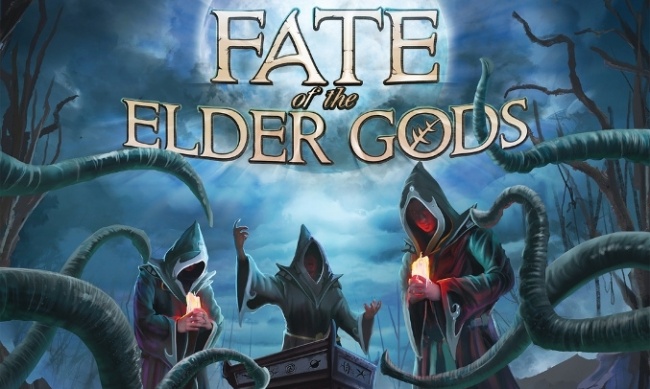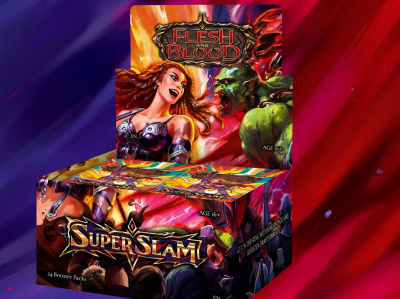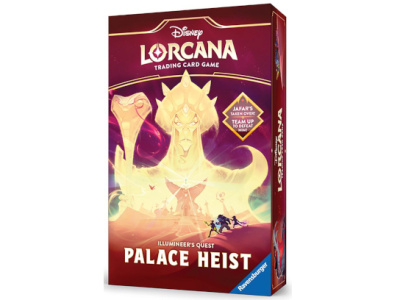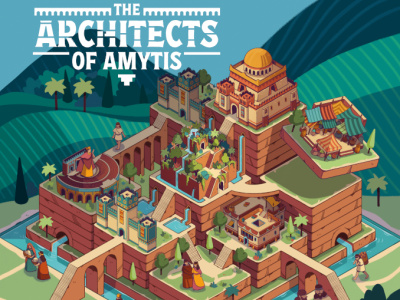Fate of the Elder Gods
Publisher: Greater Than Games [Fabled Nexus]
Release Date: September 2017
Price: $79.95
Game Designer(s): Richard Launius, Darrell Louder, Chris Kirkman (design); Nolan Nasser, Jorge Ramos, Lucas Durham (art)
Format: Card/Board Game
Number of Players: 2 to 4
Playing Time: 30-90 mins.
Product #: B06W55WWGR
Age Rating: 14+
ICv2 Rating: 4.5 Stars out of 5
The reason for the price will be obvious as soon as you see the box. The artwork both external and internal is impressive. The box is full of miniatures, and even the marker which shows the current turn’s active location is a large miniature.
For fans of the Cthulhu mythos, from Lovecraft’s originals to the many authors who have since added to it, this game will be impressive because of the detailed research which went into the ways the various cults interact in play. Each of the Elder Gods has powers which it grants to its followers, and these are balanced and interesting. A couple are a little complicated in actual play, but not so much that it will ruin the experience.
The board and the cult lodge cards are visually stunning, with artwork on the back sides just for the heck of it. The cult and investigator minis, while simple, add to the fun level of the game. The Cthulhu figure used to show where things are going on is just amazing, but also practical. You can see from across the table where the actions for a turn started, as sometimes things branch out from that to trigger effects at various other places around the table.
You move actions around the board, placing cultists in various locations and triggering effects. In the long run, you’re trying to summon an Elder God and destroy the world, but the fun is in the journey, not the destination.
Investigators, elder signs and curses can get in your way and slow you down. Cultists from competing, clearly inferior belief sets can also get in your way.
There is a deck of cards that is used for both spellcasting and movement. There is a second deck of curses. There is a third deck, of a different size and shape, for artifacts. There is a fourth deck, which is generic special cards that sort of go with the spell cards. They are visually easy to tell apart, and the mechanics of all work very well.
The game takes up a lot of space in play, because of the way cards are used to move around the board, but the mixed blessing is that they used European mini-size cards, so that they don’t take up as much room. The down side is that you may have to special order sleeves, if you like to sleeve your cards.
--Nick Smith: Library Technician, Community Services, for the Pasadena Public Library in California.

ICv2 Stars: 4.5 (out of 5)
Posted by Nick Smith on October 6, 2017 @ 2:57 am CT
MORE GAMES
New 'Flesh & Blood TCG' Booster Set
July 3, 2025
Legend Story Studios announced Super Slam, a new Flesh & Blood TCG booster set.
New Riff of the Classic Game of War from Chip Theory Games
July 3, 2025
Chip Theory Games will release Fight Five, a new card game, into retail.
MORE REVIEWS
ICv2 Stars: 3.5 (out of 5)
June 20, 2025
Check out the review of Disney Lorcana TCG: Illumineer's Quest - Palace Heist, from Ravensburger.
ICv2 Stars: 3 (out of 5)
May 16, 2025
Here's a review of the board game The Architects of Amytis.








